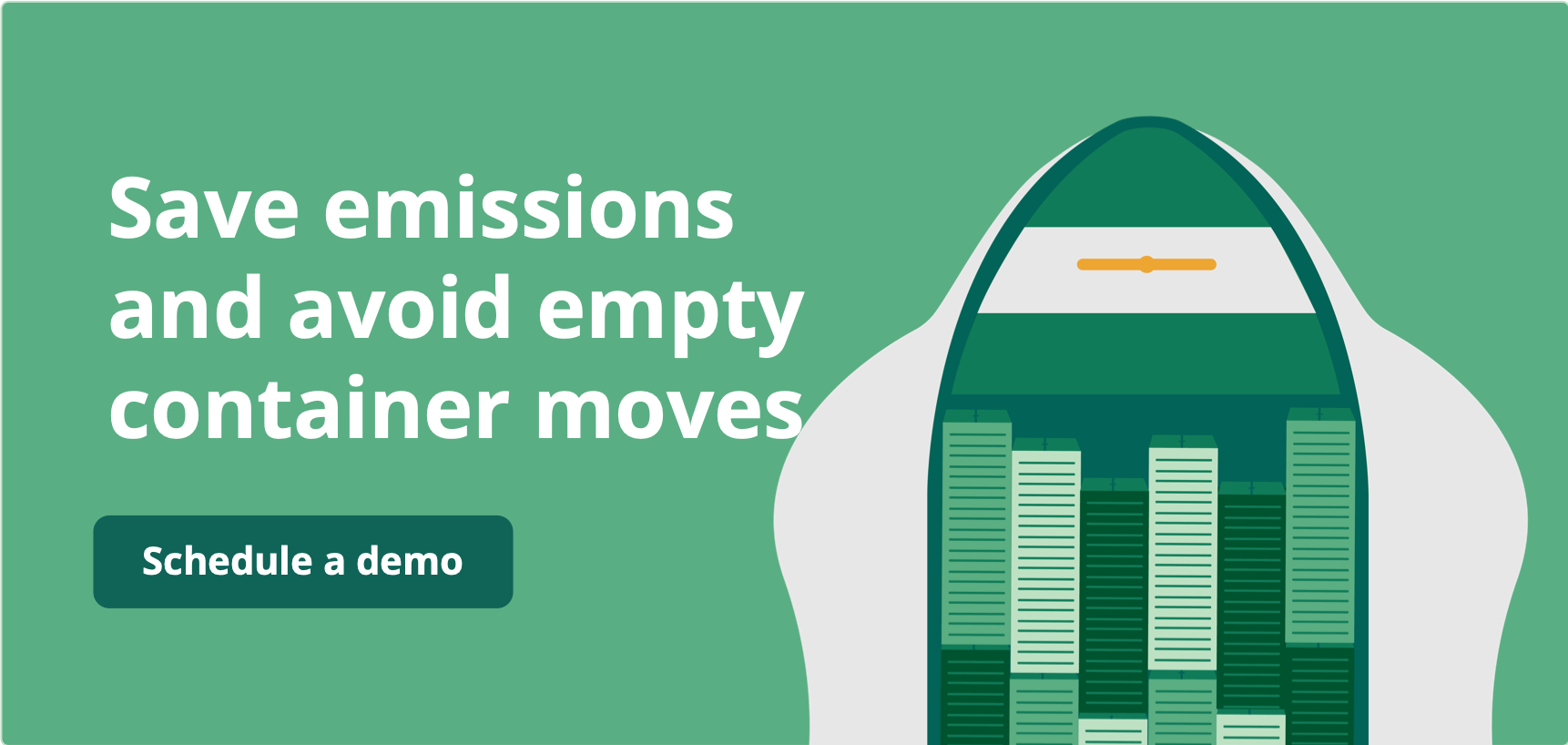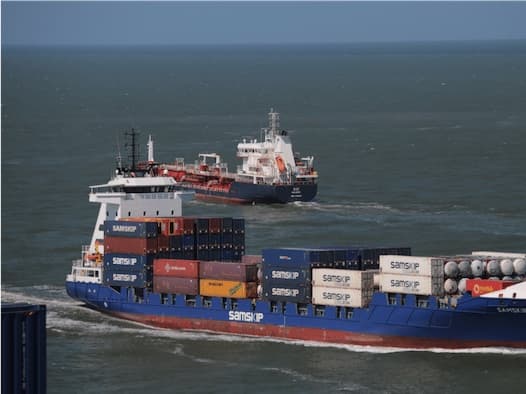With the recent implementation of the new emission regulation by the IMO 2020, the shipping industry has gone bonkers, especially regarding the “Bunker” prices what is often called “Bunker adjustment factor” or just BAF. (“Bunker” refers to the fuel used to carry out shipping operations.)
Read on to know how the IMO 2020 has impacted the Bunker Adjustment Factor (BAF), and what we can expect in the future.
What is the Bunker Adjustment Factor?
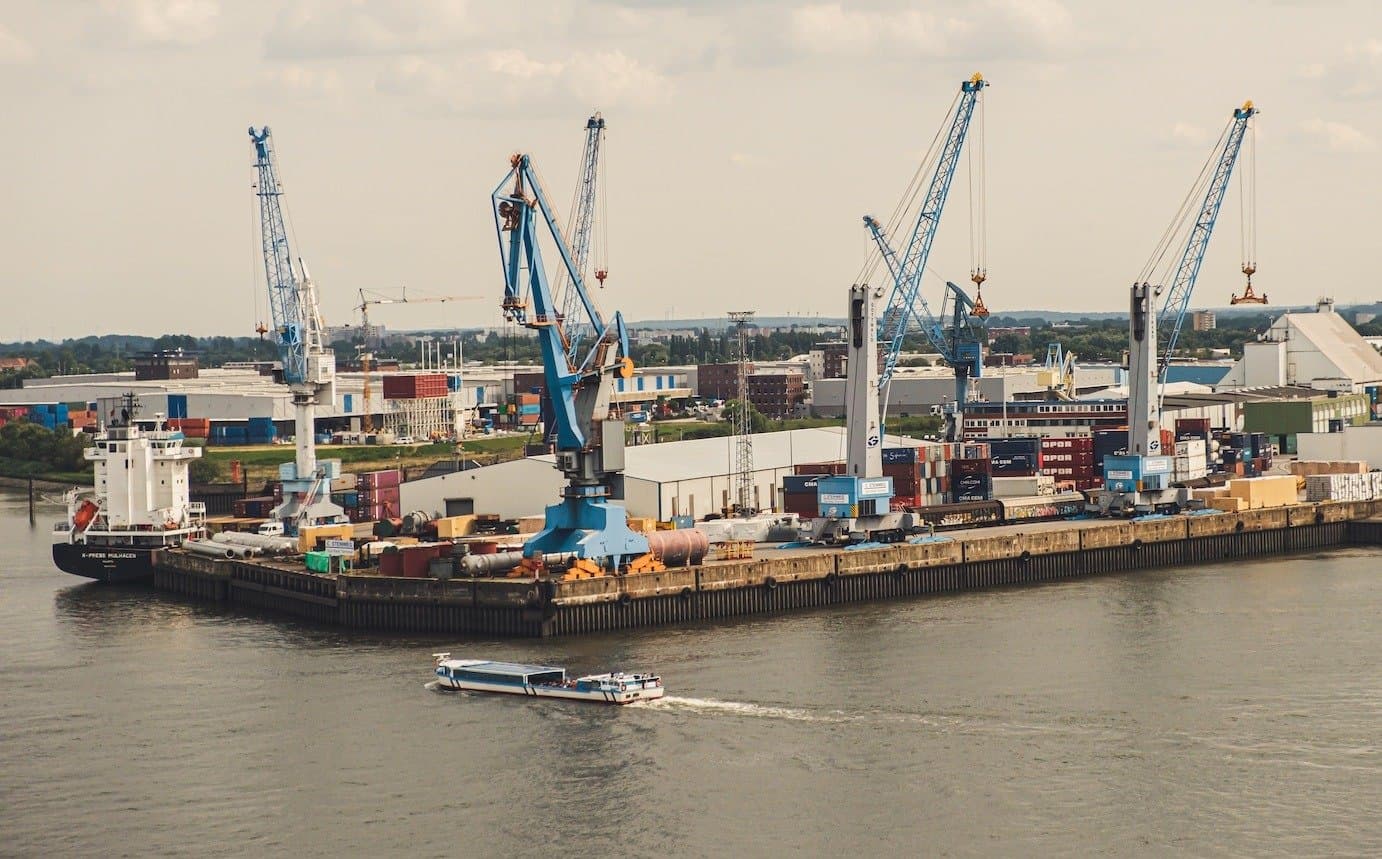
Bunker Adjustment Factor or BAF is an additional surcharge levied on the ship operators to compensate for the fluctuations in the fuel prices. It was imposed to make up for the extra charges incurred during the shipment of goods. BAF is based on Twenty-foot Equivalent Unit (TEU) and varies according to the trade routes.
Also called ‘Fuel Adjustment Factor’ or ‘Bunker Surcharge’, BAF represents the floating part of sea freight charges to adjust the volatility of the fuel prices.
Simply put: BAF = Fuel Prices x Trade Factor
The trade factor is average fuel consumption for a given trade varying according to the:
- Route,
- Vessel direction,
- Distance,
- Transit time,
- Weight of the load,
- Size of the container,
- Build of the ship,
- Fuel efficiency, etc.
Formerly, BAF used to be standardized by the Transpacific Stabilisation Agreement (TSA) using the Brent crude oil as a basis. But, in 2018, TSA was disbanded following the resignation of its key member, Maersk Line.
Subsequently, the shipping operators started to set their bunker surcharge independently – monitored by the European Commission.
Introduction of the IMO 2020 and its Impact on the BAF
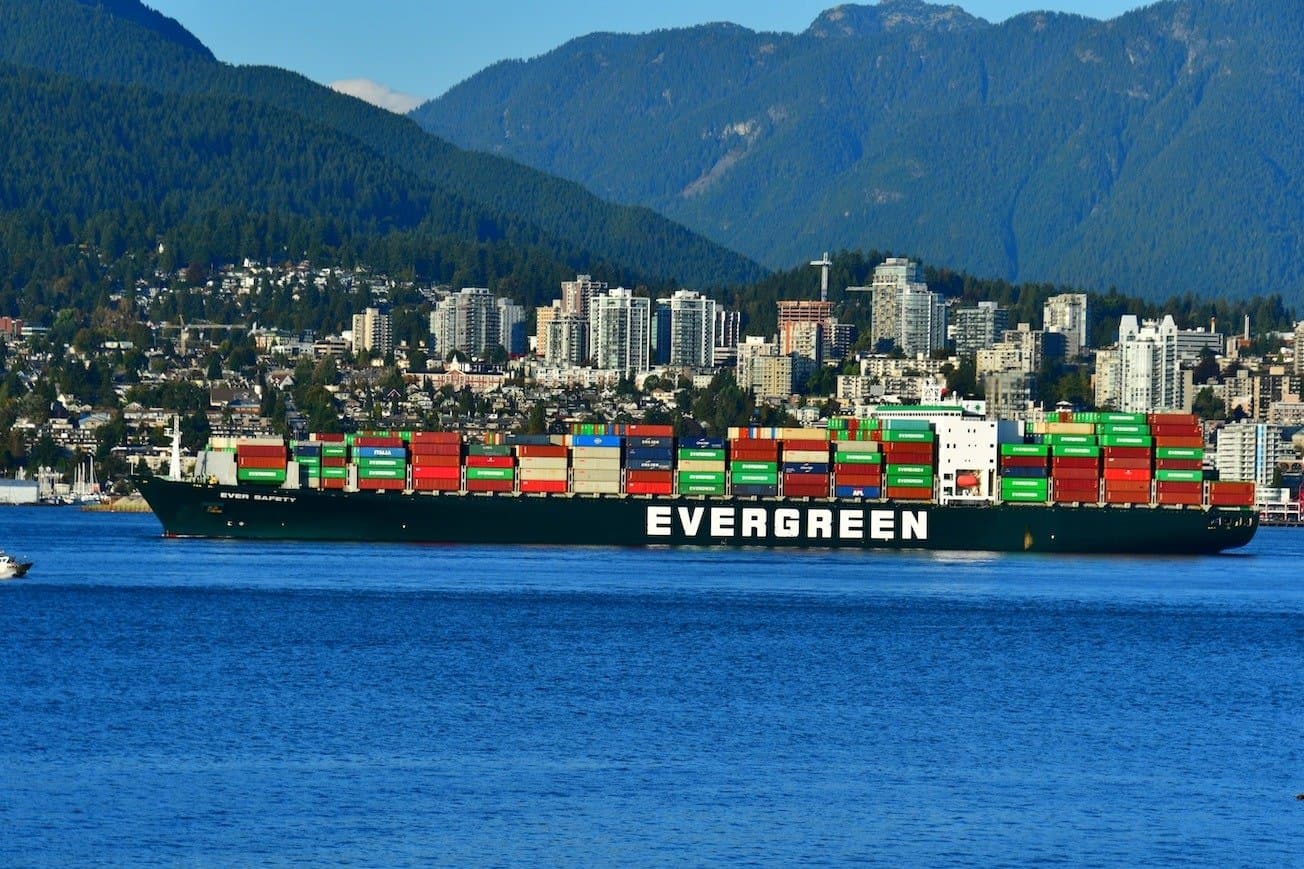
With the coming of the IMO 2020 regulation, a new regulation has come into force from January 1, 2020. Keeping up with the EU Green Deal (EGD) and MARPOL convention, it aims to reduce the pollution levels globally by cutting and controlling emissions.
International Maritime Organisation (IMO) has standardized and placed regulations for emission control with its mandatory Data Collection System (DCS) – including the IMO 2020 regulation. According to the new rule, the sulphur emissions should be cut from 3.5% to now, 0.5% (outside ECAs).
The carriers have 3 possible options for implementing this:
- Transition to low-sulphur fuels,
- Use the less-expensive bunker fuel, but incurring the cost of installing scrubbers,
- Apply to the flag state for a waiver on behalf of the IMO.
The adoption of green technologies to control sulphur emissions like installing scrubbers (exhausts), switching to renewable sources of energy, or using fuels with low or very-low sulphur content comes at an added cost. Compliance with this new rule means increased costs of shipping – either additional logistics tariff or the hiked low-sulphur fuel charges.
If the company goes for the latter, the BAF surcharge would now be calculated based on the new fuel charges (which is low in sulphur content), pointing towards increased BAF charges.
What do the Companies Call it Listed?
There still isn’t any standard rates for BAF. With the coming of the new regulation, it seems that each ship operator has approached it in their own way.
Some have a different name for it, while some are adding it on the top of their ocean charges – further complicating the matters. In a commentary published by the Journal of Commerce, Klaus Schnede, manager, North America Marine Category at Eastman, said: “We are not anywhere close to fully understanding the financial impact to any of the parties. We only know that cost will go up, but not exactly by how much.” ( Learn more)
According to the reports, the shipping charges have increased from ~ $10 – $290 TEU on most routes from the Mediterranean to the US Gulf. Off-sea, the carriers have raised their revenues to cover their increased fuel-costs after implementing the new regulation.
Here’s an overview of the pricing (based on sailing from Asia to North Europe):
| NAME | PRICE | |
| 1. | Alphaliner | 71 USD / TEU |
| 2. | ONE Line | 92 USD / TEU |
| 3. | COSCO | 105 USD / TEU |
| 4. | OOCL Evergreen | 106 USD / TEU |
| 5. | HMM | 112 USD / TEU |
| 6. | Maersk | 116 USD / TEU |
| 7. | Yang Ming | 125 USD / TEU |
| 8. | Hapag-Lloyd | 135 USD / TEU |
What’s Next – How to address this confusion in BAF?
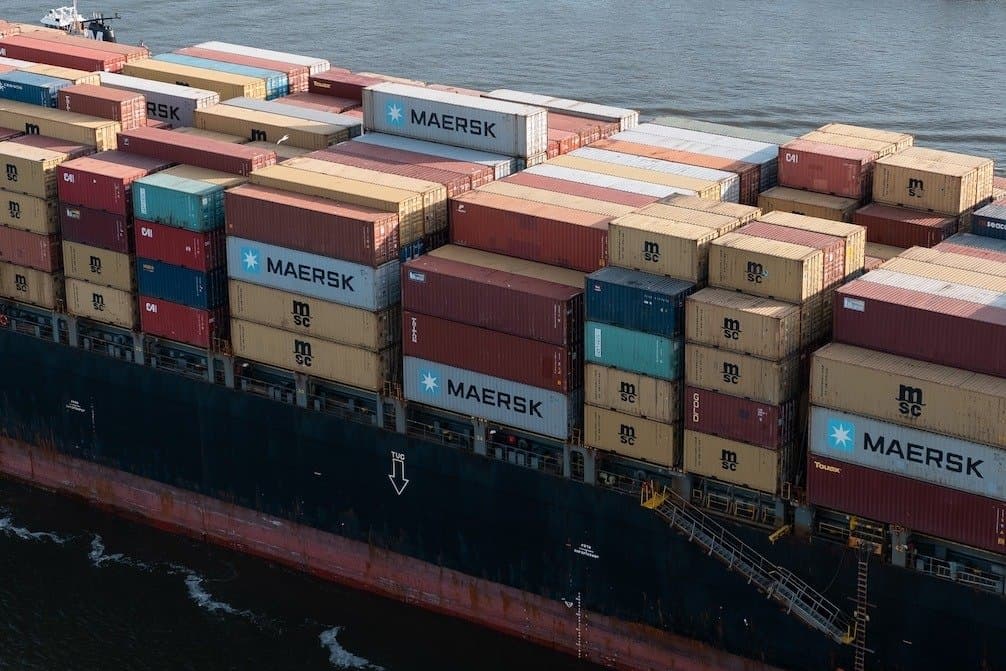
As evident from the table, there is a big disparity in the post-IMO bunker charges, with carriers introducing their bunker programs. We can expect them to modify their charges and come out with a more competitive and transparent pricing model soon. Learn more that freight rates are expected to continue to rise on account of higher bunker surcharges, “but for carriers, the true measure of success will be whether or not they rise sufficiently to cover the additional costs.” The question remains: “Why should the bunker charges be based 100% on low-sulphur fuels, when an increasing number of vessels are equipped with scrubbers (using cheaper fuels), with LNG or dual-fuel engines?” (Source: Drewry)
In the face of adopting a cleaner fuel at a higher price, the priority remains the recovery of additional costs incurred, especially on the high-volume, longer shipping routes – indicating a higher investment for shipping operations, with BAF or without BAF.
